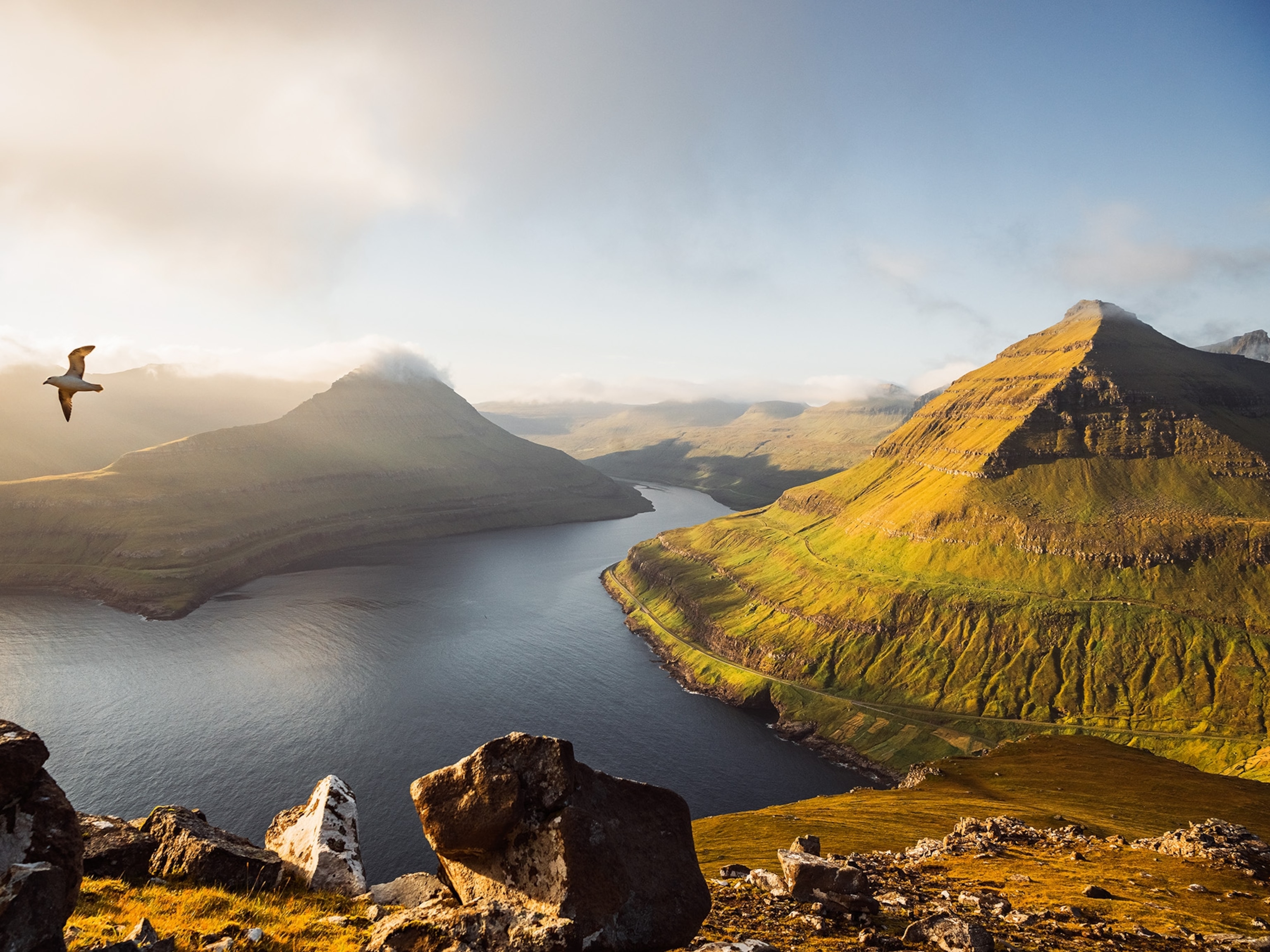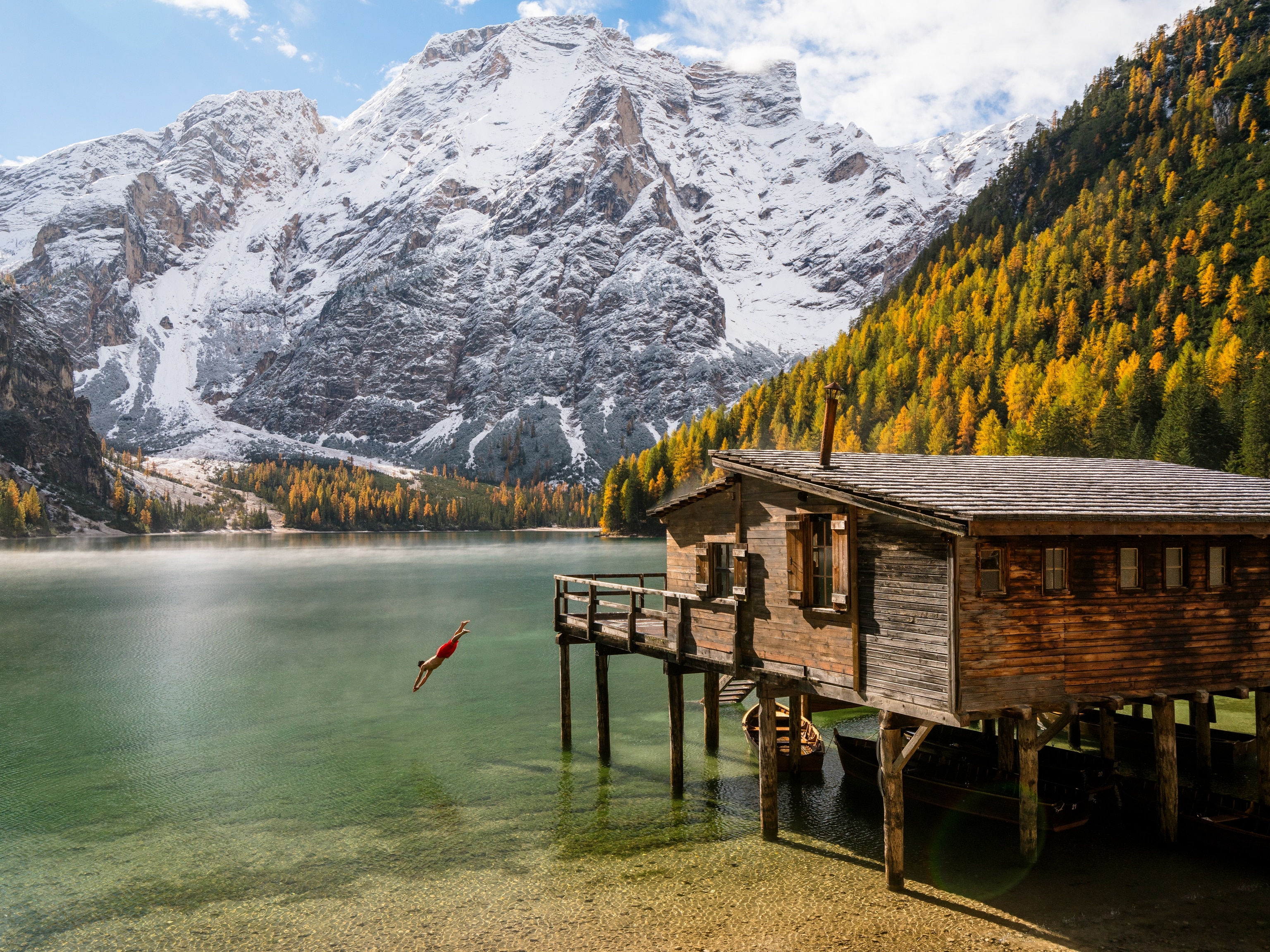
You Can See Unicorns in This Magical Place
Yes, they are very real in Scotland.
The Scottish are known for their adoration of myths and legends: ghosts, witches, magic, water monsters, and more fairy folk. The magical unicorn is perhaps their most beloved, particularly because it’s the country’s national animal.
Despite modern depictions of a creature with rainbow-colored hair and a sparkly horn, Scotland associates the mythological animal with dominance and bravery. They are portrayed with a white horse head, body, and mane, a singular horn arising from the top of its forehead, and a gold chain that wraps around its powerful body.
Western civilizations believed in the existence of unicorns for thousands of years—it was a symbol of purity, innocence, and power in Celtic mythology. The unicorn first appeared on the Scottish royal coat of arms in the 12th century by William I. In the late 15th century, Scottish coins featured an image of the unicorn, and it even appeared in artistic works during the Middle Ages, symbolizing the holiness of virgins, including the Virgin Mary. According to popular belief, only a virgin maiden had the ability to capture a unicorn because it was so enthralled by her virtue.
In 1825, celebrated French naturalist Georges Cuvier claimed that the unicorn was a physical impossibility. He maintained that the unicorn was cloven-hoofed, so therefore it must have a cloven skull—making the growth of a single horn on its forehead impossible.
Despite Cuvier’s claims, the unicorn remains Scotland’s most venerated animal, and April 9th was designated National Unicorn Day accordingly. Whether or not you believe in Scotland’s fabled animal, this unicorn trail of historic sites might just get you feeling the magic.
The Palace of Holyroodhouse: Originally founded as a monastery in 1128, the King of Scotland cleared the ground for a royal palace in 1501 when Edinburgh became the capital of the country. It remains the home of the Queen of Scotland today, and the Queen’s Gallery, which showcases art of real and legendary royalty from the Royal Collection.
Edinburgh Castle: Not only is the castle an iconic part of the Old and New Towns of Edinburgh’s UNESCO World Heritage site, but it’s also the most visited castle in Scotland. Marvel at the Crown Jewels of Scotland and see the Stone of Destiny, the coronation stone used for centuries for the monarchs of Scotland, and later for England and the Kingdom of Great Britain.
- National Geographic Expeditions
Linlithgow Castle: The birthplace of Mary Queen of Scots, one of Scotland’s most famous rulers, is a spectacular ruin to reflect on one of the fascinating monarchs. At one time during her reign, she claimed the crown of Scotland, England, Ireland, and France.
Delgatie Castle: A castle has stood on this site since 1050, making it one of the oldest castles in Scotland. The castle has remained within the same family for the last 650 years, and even Mary Queen of Scots was a guest in the historic home.
HM Frigate Unicorn: The country’s only water-based unicorn just so happens to be found on Scotland’s oldest surviving wooden warship. It’s also one of the oldest warships in the world.















